Home>Furniture & Design>Interior Design Trends>What Is Spandrel Glass
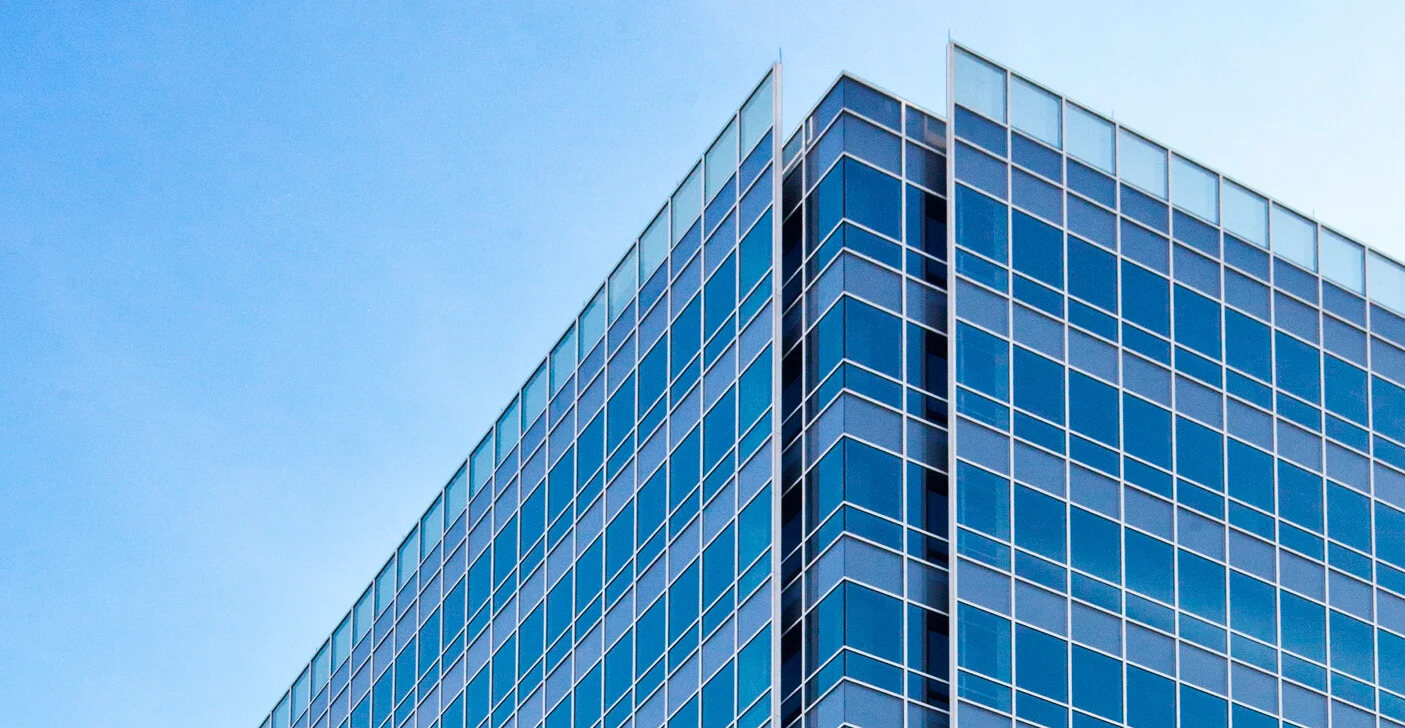

Interior Design Trends
What Is Spandrel Glass
Modified: February 18, 2024
Discover the latest interior design trends with spandrel glass. Learn how to incorporate this versatile material into your design projects. Elevate your interior spaces with spandrel glass today!
(Many of the links in this article redirect to a specific reviewed product. Your purchase of these products through affiliate links helps to generate commission for Storables.com, at no extra cost. Learn more)
Introduction
Spandrel glass is a versatile and aesthetically appealing architectural element that has gained prominence in modern design. It serves both functional and decorative purposes, making it a popular choice for commercial and residential buildings alike. This specialized type of glass plays a crucial role in enhancing the overall visual appeal of a structure while offering practical benefits.
Spandrel glass is not just a plain, transparent material; rather, it is specifically designed to conceal structural elements such as columns, floors, and HVAC systems, providing a seamless and uniform appearance to the building's exterior. Its opaque nature allows it to harmonize with the overall design scheme, creating a cohesive and polished look.
In addition to its functional attributes, spandrel glass also contributes to the aesthetic appeal of a building. Architects and designers often leverage its versatility to introduce color, texture, and visual interest to the façade. This enables them to achieve a harmonious blend of transparency and opacity, resulting in a visually striking and dynamic architectural composition.
The utilization of spandrel glass is not limited to conventional building exteriors; it is also employed in interior design to partition spaces, allowing for the transmission of natural light while maintaining privacy and visual separation. This application adds a touch of sophistication and modernity to interior spaces, creating an open and airy ambiance while preserving the desired level of privacy.
As the architectural and interior design industries continue to evolve, spandrel glass remains at the forefront of innovative and sustainable building materials. Its adaptability, functionality, and aesthetic appeal make it an indispensable component in contemporary design projects, offering a seamless integration of form and function. Throughout this article, we will delve deeper into the various aspects of spandrel glass, exploring its definition, types, applications, advantages, and considerations for optimal utilization.
Key Takeaways:
- Spandrel glass is a versatile architectural material that conceals structural elements while adding color and texture to building exteriors, creating a cohesive and visually appealing design.
- From exterior façade design to interior partitioning, spandrel glass offers sustainable solutions and customizable options, balancing aesthetics and functionality in modern architecture.
Read more: What Is Volcanic Glass
Definition of Spandrel Glass
Spandrel glass, often referred to as opaque or non-vision glass, is a specialized architectural glazing material designed to conceal structural components and building infrastructure while enhancing the visual appeal of a structure's façade. Unlike transparent glass used for windows and curtain walls, spandrel glass is engineered to be non-transparent, effectively obscuring the view of the building's interior. This characteristic makes it an ideal choice for concealing structural elements such as columns, floor slabs, insulation, and mechanical systems, creating a uniform and seamless exterior appearance.
The manufacturing process of spandrel glass involves the application of a ceramic frit coating to the glass surface, imparting opacity and enabling the integration of various colors, patterns, and textures. This coating is then fused to the glass through a tempering or heat-strengthening process, ensuring durability and resistance to environmental factors. The opaque nature of spandrel glass allows it to harmonize with the overall design scheme, providing architects and designers with a versatile canvas to incorporate aesthetic elements into the building's exterior.
In addition to its concealment function, spandrel glass also serves as a crucial component in maintaining the thermal and visual continuity of a building's façade. By strategically placing spandrel panels alongside transparent glass units, designers can achieve a balanced and cohesive exterior aesthetic while effectively managing solar heat gain and glare. This integration of spandrel glass with transparent glazing systems contributes to the overall energy efficiency and visual harmony of the building envelope.
Furthermore, spandrel glass is available in a wide range of colors, finishes, and levels of opacity, offering designers the flexibility to achieve their desired aesthetic and functional objectives. Whether used in commercial, residential, or institutional projects, spandrel glass plays a pivotal role in elevating the architectural expression of a building, contributing to its visual impact and overall design coherence.
In summary, spandrel glass represents a fundamental element in contemporary architectural design, seamlessly blending functionality and aesthetics. Its ability to conceal structural elements, integrate with transparent glazing systems, and offer a diverse array of design options makes it an indispensable tool for architects and designers seeking to create visually compelling and cohesive building exteriors.
Types of Spandrel Glass
Spandrel glass encompasses a diverse array of types, each offering unique characteristics and design possibilities. Understanding the different types of spandrel glass is essential for architects and designers seeking to achieve specific aesthetic and functional objectives in their projects. The following are some of the prominent types of spandrel glass:
-
Opaque Ceramic Frit Spandrel Glass: This type of spandrel glass features a ceramic frit coating applied to the glass surface, imparting opacity and enabling the integration of vibrant colors, patterns, and textures. The frit coating is fired onto the glass, resulting in a durable and visually appealing finish. Opaque ceramic frit spandrel glass is widely utilized for its versatility in creating custom designs and achieving desired levels of opacity.
-
Digital Printed Spandrel Glass: Digital printing technology has revolutionized the customization potential of spandrel glass. Designers can now create intricate patterns, imagery, and graphics on spandrel glass panels, offering virtually limitless design possibilities. Digital printed spandrel glass allows for the seamless integration of branding, artwork, or decorative elements into the building's façade, adding a distinctive and personalized touch to the architectural composition.
-
Shadow Box Spandrel Glass: Shadow box spandrel glass involves the use of an air cavity between the spandrel glass panel and the building envelope. This design creates a shadow effect, adding depth and visual interest to the façade. The air cavity can be filled with insulation or reflective materials to enhance thermal performance and contribute to the overall energy efficiency of the building.
-
Tinted Spandrel Glass: Tinted spandrel glass offers architects and designers the option to incorporate subtle color variations into the building's exterior. By selecting specific tint colors, designers can achieve desired visual effects and complement the overall design palette. Tinted spandrel glass also contributes to solar control by reducing glare and managing solar heat gain, enhancing occupant comfort and energy efficiency.
-
Mirrored Spandrel Glass: Mirrored spandrel glass introduces a reflective surface into the building's façade, creating visual intrigue and dynamic interactions with the surrounding environment. This type of spandrel glass can be utilized to introduce a sense of expansiveness and luminosity, particularly in urban settings where the reflection of the surrounding architecture adds depth and visual impact.
The diverse range of spandrel glass types provides architects and designers with a rich palette of options to realize their creative vision and functional requirements. By carefully selecting the appropriate type of spandrel glass, design professionals can achieve a harmonious integration of form, function, and aesthetics, contributing to the overall success of their architectural endeavors.
Applications of Spandrel Glass
Spandrel glass finds diverse and innovative applications in both exterior and interior architectural contexts, contributing to the visual appeal, functionality, and sustainability of modern building designs. The versatility of spandrel glass extends beyond concealing structural elements, offering architects and designers a myriad of opportunities to integrate this specialized glazing material into their projects.
Exterior Façade Design
One of the primary applications of spandrel glass is in exterior façade design, where it plays a pivotal role in creating a cohesive and visually striking building envelope. By strategically positioning spandrel glass panels alongside transparent glazing systems, designers can achieve a harmonious balance of transparency and opacity, enhancing the overall aesthetic appeal of the structure. The use of opaque ceramic frit spandrel glass, digital printed spandrel glass, and tinted spandrel glass allows for the seamless integration of color, texture, and visual interest, enabling architects to realize their design vision while maintaining thermal and visual continuity.
Read more: What Is Depression Glass
Branding and Artistic Expression
Spandrel glass serves as a canvas for artistic expression and branding, offering architects and building owners the opportunity to incorporate custom graphics, imagery, and branding elements into the building's exterior. Digital printed spandrel glass, in particular, enables the integration of intricate patterns, logos, and artwork, adding a personalized and distinctive touch to the façade. This application not only enhances the building's visual identity but also creates a unique and memorable architectural statement.
Interior Partitioning and Privacy
In interior design, spandrel glass is utilized for partitioning spaces while allowing the transmission of natural light. This application is particularly valuable in commercial and institutional settings, where the creation of open, well-lit spaces is essential. By incorporating spandrel glass partitions, designers can maintain visual connectivity between interior areas while ensuring privacy and acoustic separation. The use of mirrored spandrel glass further enhances the sense of openness and luminosity within interior spaces, contributing to a modern and inviting ambiance.
Sustainable Building Design
Spandrel glass contributes to sustainable building design by optimizing energy performance and occupant comfort. Through the strategic selection of spandrel glass types and colors, designers can manage solar heat gain, reduce glare, and enhance thermal insulation, thereby improving the overall energy efficiency of the building. Additionally, the integration of shadow box spandrel glass with reflective materials further enhances thermal performance, contributing to a more sustainable and environmentally conscious architectural solution.
Urban Integration and Visual Impact
In urban environments, spandrel glass plays a crucial role in integrating buildings with their surroundings and creating visual impact. Mirrored spandrel glass, in particular, introduces reflective surfaces that interact dynamically with the urban landscape, adding depth and dimension to the architectural composition. This application enhances the building's presence within the urban fabric, contributing to a vibrant and visually engaging cityscape.
In summary, the applications of spandrel glass extend far beyond its conventional role, encompassing a wide spectrum of creative, functional, and sustainable possibilities. By leveraging the diverse applications of spandrel glass, architects and designers can elevate the visual appeal, functionality, and environmental performance of their architectural projects, contributing to the advancement of contemporary building design.
Read more: What Is A Looking Glass
Advantages and Disadvantages of Spandrel Glass
Spandrel glass offers a multitude of advantages that contribute to its widespread adoption in architectural and interior design projects. At the same time, it is important to consider the potential drawbacks associated with its use. Understanding the advantages and disadvantages of spandrel glass is essential for architects, designers, and building owners to make informed decisions regarding its incorporation into their projects.
Advantages
-
Aesthetic Versatility: Spandrel glass provides designers with a versatile canvas for incorporating color, texture, and visual interest into building exteriors and interior spaces. The availability of opaque ceramic frit spandrel glass, digital printed spandrel glass, and tinted spandrel glass allows for endless customization possibilities, enabling the realization of unique and visually compelling design concepts.
-
Concealment of Structural Elements: One of the primary advantages of spandrel glass is its ability to conceal structural components, such as columns, floor slabs, and building infrastructure, creating a seamless and uniform exterior appearance. This contributes to the overall visual coherence of the building while maintaining its architectural integrity.
-
Solar Control and Energy Efficiency: By strategically integrating spandrel glass with transparent glazing systems, designers can effectively manage solar heat gain and glare, enhancing the building's energy performance and occupant comfort. Tinted spandrel glass and shadow box spandrel glass further contribute to solar control and thermal insulation, promoting sustainable building design.
-
Branding and Customization: Digital printed spandrel glass offers the opportunity to incorporate custom graphics, branding elements, and artistic expressions into the building's façade, creating a unique and personalized architectural statement. This advantage is particularly valuable for commercial and institutional projects seeking to establish a distinct visual identity.
-
Interior Privacy and Openness: In interior design, spandrel glass partitions enable the transmission of natural light while maintaining privacy and visual connectivity. Mirrored spandrel glass enhances the sense of openness and luminosity within interior spaces, contributing to a modern and inviting ambiance.
Disadvantages
-
Limited Transparency: The opaque nature of spandrel glass restricts visibility and natural light transmission, which may be a drawback in certain design contexts where transparency is desired. Careful consideration is required to balance the use of spandrel glass with transparent glazing systems to achieve the desired visual effects.
-
Thermal Stress: Spandrel glass panels are subjected to thermal stress due to differential heating from sunlight and shading. Proper design and engineering considerations are necessary to mitigate the risk of thermal breakage and ensure the long-term durability of spandrel glass installations.
-
Maintenance and Cleaning: The maintenance and cleaning of spandrel glass surfaces, especially in exterior applications, may pose challenges due to the accumulation of dirt, dust, and environmental pollutants. Accessing and cleaning spandrel glass panels in high-rise buildings can be logistically complex and require specialized equipment.
-
Cost Considerations: The customization and manufacturing processes involved in producing spandrel glass, particularly digital printed and custom-colored options, may result in higher material and installation costs compared to standard glazing materials. Project budgets and cost-benefit analyses should be carefully evaluated.
By weighing these advantages and disadvantages, design professionals can make informed decisions regarding the integration of spandrel glass into their architectural and interior design projects, ensuring the optimal balance of aesthetic, functional, and practical considerations.
Considerations for Using Spandrel Glass
When incorporating spandrel glass into architectural and interior design projects, several crucial considerations must be taken into account to ensure its optimal utilization and performance. These considerations encompass various aspects, ranging from design integration and material selection to practical implications and long-term maintenance. By addressing these considerations proactively, architects, designers, and building owners can maximize the benefits of spandrel glass while mitigating potential challenges.
Read more: What Is Milk Glass
Design Integration and Coordination
The seamless integration of spandrel glass with transparent glazing systems, building materials, and architectural elements is paramount to achieving a cohesive and visually appealing design. Careful coordination during the design phase is essential to ensure that the selection of spandrel glass types, colors, and finishes aligns with the overall aesthetic vision and functional requirements of the project. Additionally, the placement of spandrel glass panels within the building envelope should be strategically determined to optimize solar control, thermal performance, and visual harmony.
Thermal and Structural Considerations
Given the differential heating and shading effects experienced by spandrel glass panels, particularly in exterior applications, thermal and structural considerations are critical. Proper engineering and design measures must be implemented to address potential thermal stress and ensure the long-term durability of spandrel glass installations. This includes the selection of appropriate glass thickness, consideration of expansion and contraction factors, and the incorporation of thermal breakage mitigation strategies to safeguard the integrity of the glazing system.
Building Code Compliance and Safety
Adherence to building codes, safety standards, and regulatory requirements is fundamental when utilizing spandrel glass in architectural projects. Design professionals must ensure that the selection and installation of spandrel glass align with local building codes and safety regulations, addressing factors such as fire safety, impact resistance, and load-bearing capacity. Compliance with these standards not only ensures the safety of occupants but also contributes to the overall structural integrity and performance of the building envelope.
Maintenance and Cleaning Considerations
The long-term maintenance and cleaning of spandrel glass surfaces, particularly in high-rise or inaccessible locations, necessitate careful consideration. Designing access points for maintenance, specifying durable and easy-to-clean finishes, and implementing protective coatings can mitigate the challenges associated with maintaining spandrel glass installations. Additionally, the selection of appropriate cleaning methods and schedules is essential to preserve the visual clarity and aesthetic appeal of spandrel glass over time.
Read more: What Is Laminated Glass
Cost-Benefit Analysis
Conducting a comprehensive cost-benefit analysis is imperative when considering the use of spandrel glass in architectural projects. This analysis should encompass the initial material and installation costs, long-term maintenance expenses, energy efficiency benefits, and the overall impact on the project budget. By evaluating the cost implications alongside the aesthetic and functional advantages of spandrel glass, design professionals can make informed decisions that align with project objectives and financial considerations.
In summary, the considerations for using spandrel glass encompass a multifaceted evaluation of design integration, technical performance, regulatory compliance, maintenance requirements, and cost implications. By addressing these considerations holistically, architects, designers, and building owners can leverage the full potential of spandrel glass as a versatile and impactful architectural material, contributing to the success and sustainability of their design endeavors.
Conclusion
In conclusion, spandrel glass stands as a testament to the seamless integration of functionality and aesthetics in contemporary architectural and interior design. Its versatile applications, ranging from exterior façade design to interior partitioning, branding, and sustainable building solutions, underscore its significance as a pivotal architectural element. The diverse types of spandrel glass, including opaque ceramic frit, digital printed, shadow box, tinted, and mirrored variations, offer an expansive palette for design customization and creative expression.
The advantages of spandrel glass, such as its aesthetic versatility, concealment of structural elements, solar control capabilities, and interior privacy solutions, position it as a valuable asset for architects and designers seeking to achieve visually compelling and sustainable design outcomes. However, it is essential to acknowledge the potential challenges associated with spandrel glass, including limited transparency, thermal stress, maintenance requirements, and cost considerations. By carefully weighing these factors, design professionals can make informed decisions that align with their project objectives and long-term sustainability goals.
The considerations for using spandrel glass underscore the importance of proactive planning, design coordination, structural integrity, regulatory compliance, and cost-benefit analysis. Addressing these considerations holistically ensures the optimal utilization and performance of spandrel glass, contributing to the overall success and longevity of architectural projects.
As the architectural and interior design industries continue to evolve, spandrel glass remains at the forefront of innovative and sustainable building materials. Its adaptability, functionality, and aesthetic appeal make it an indispensable component in contemporary design projects, offering a seamless integration of form and function. By leveraging the diverse applications of spandrel glass, architects and designers can elevate the visual appeal, functionality, and environmental performance of their architectural projects, contributing to the advancement of contemporary building design.
In essence, spandrel glass represents a harmonious fusion of artistry and practicality, enriching the built environment with its transformative capabilities. Its enduring presence in architectural and interior design serves as a testament to the enduring legacy of this specialized glazing material, shaping the architectural landscape with its timeless allure and functional ingenuity.
Frequently Asked Questions about What Is Spandrel Glass
Was this page helpful?
At Storables.com, we guarantee accurate and reliable information. Our content, validated by Expert Board Contributors, is crafted following stringent Editorial Policies. We're committed to providing you with well-researched, expert-backed insights for all your informational needs.
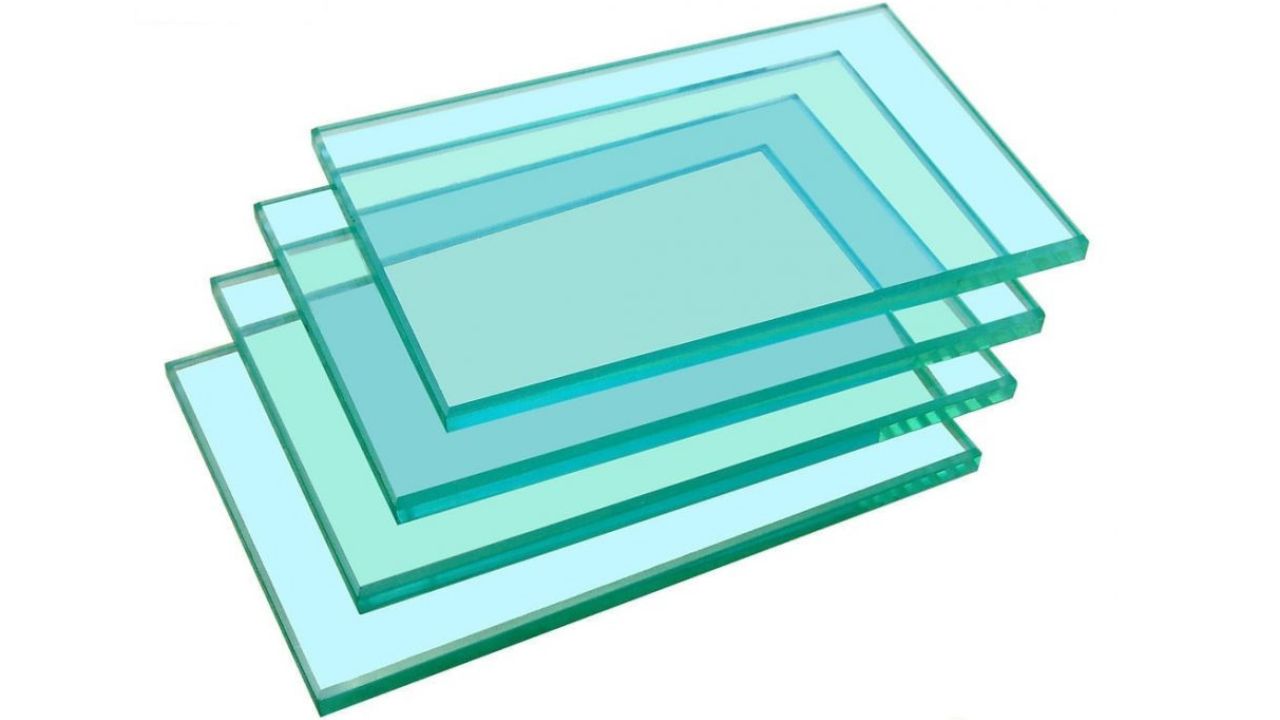
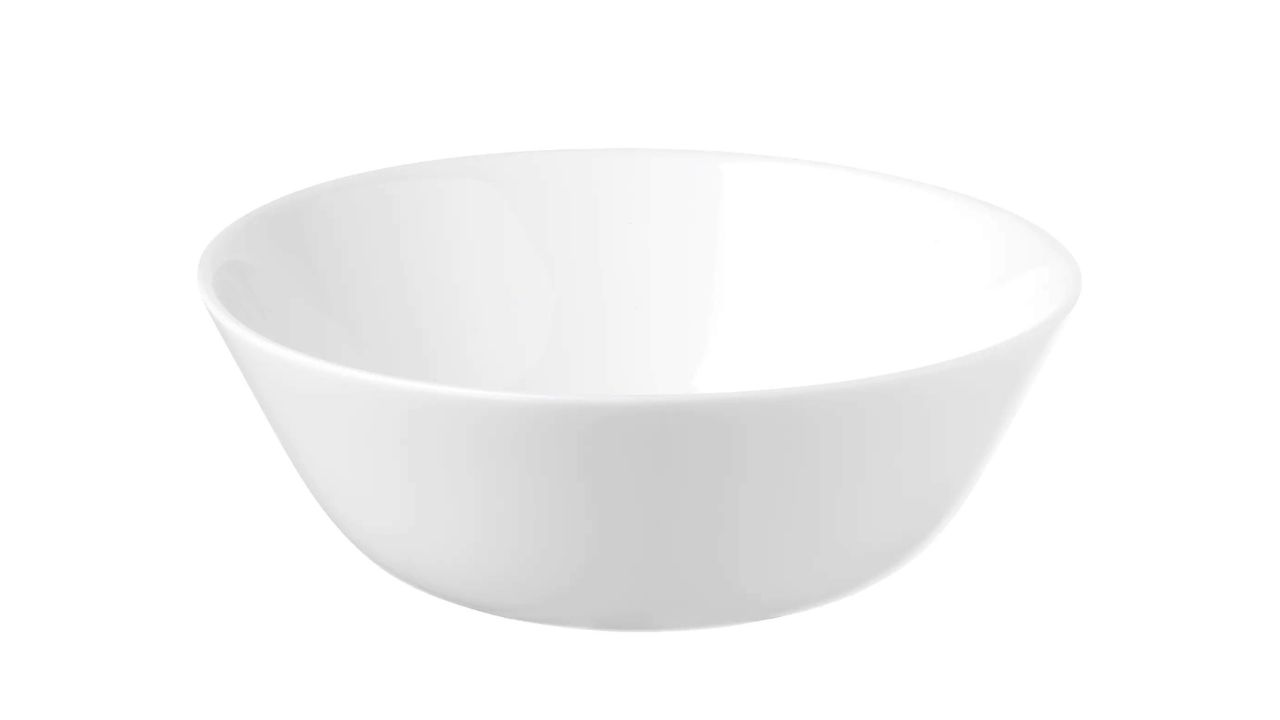
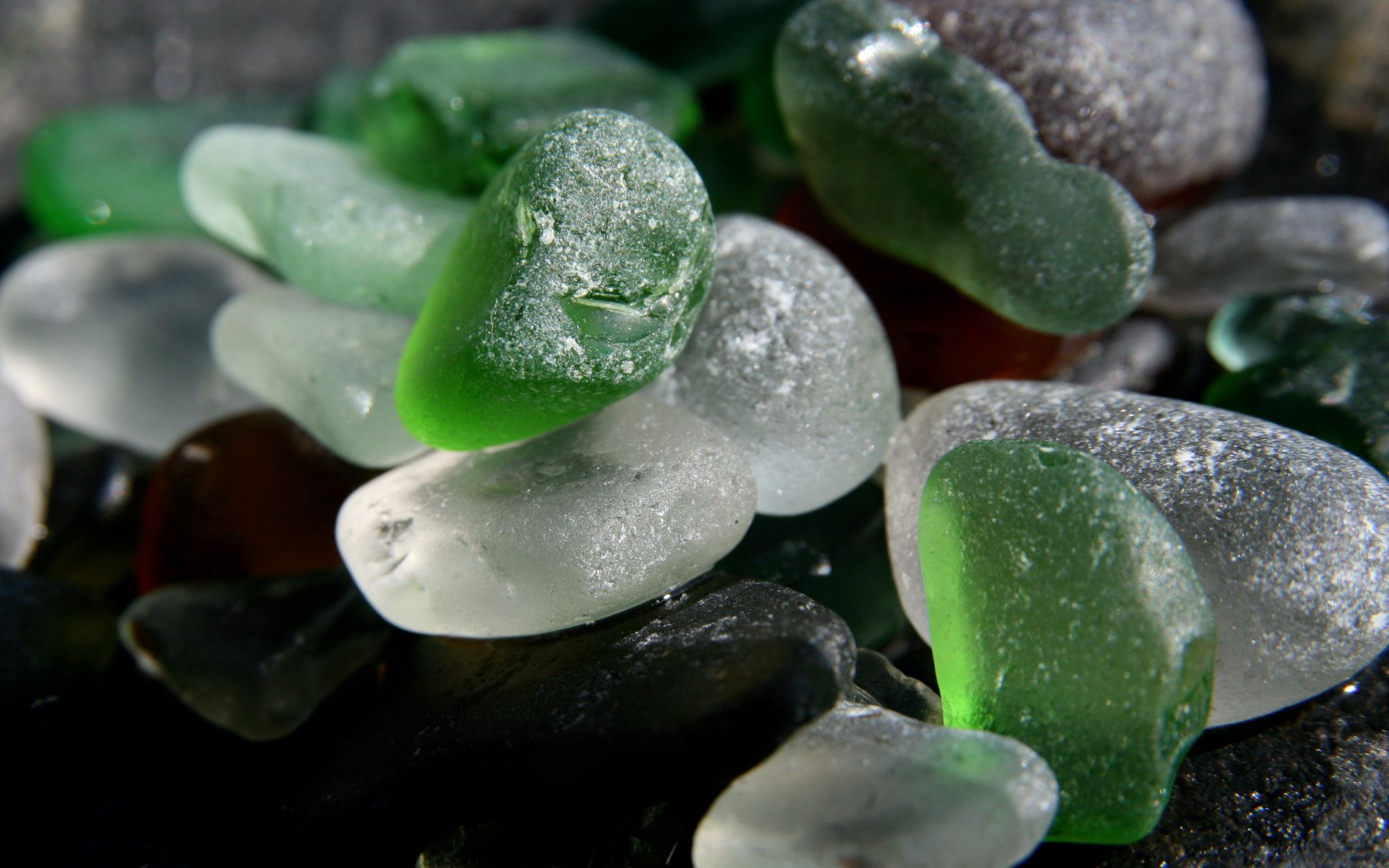
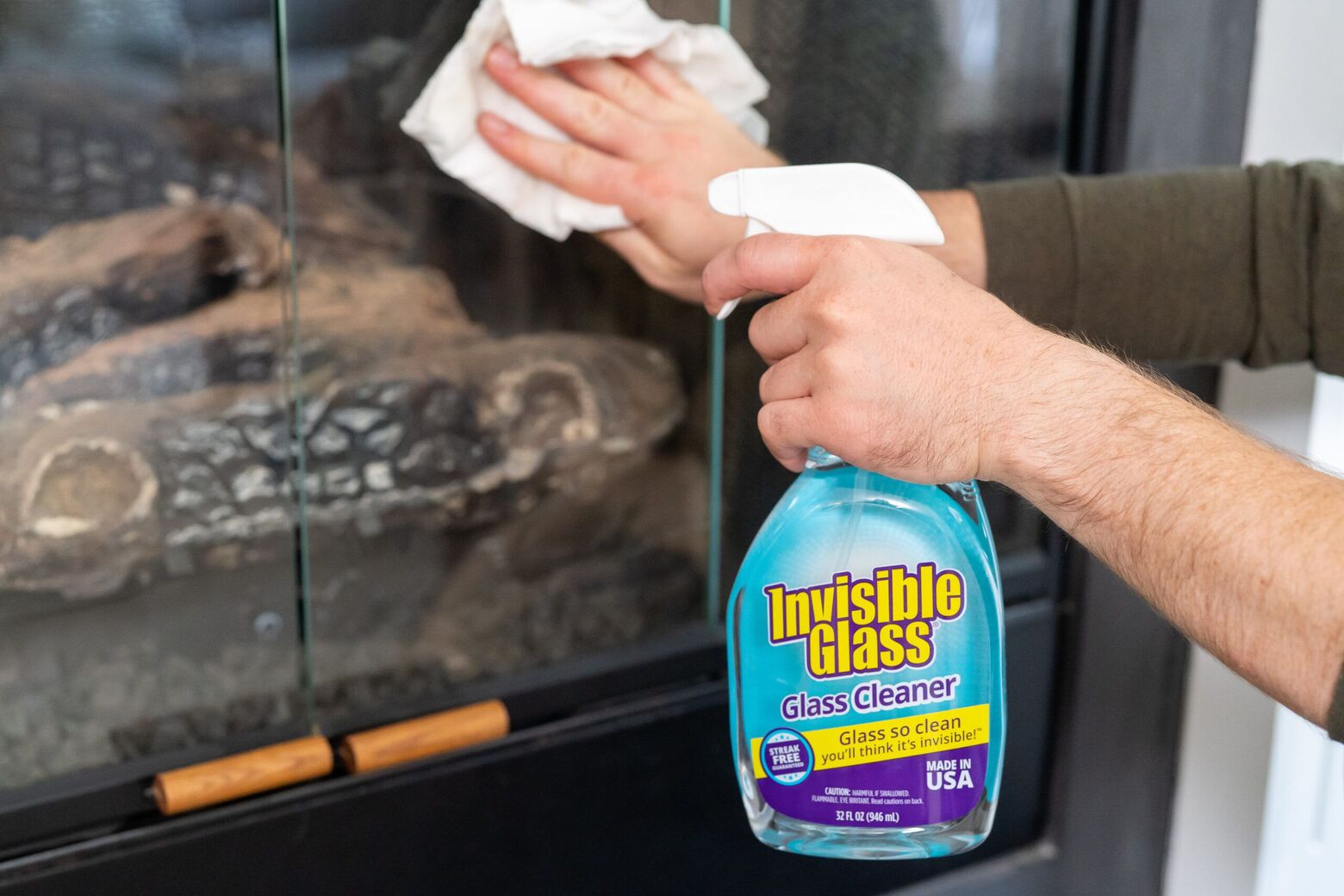
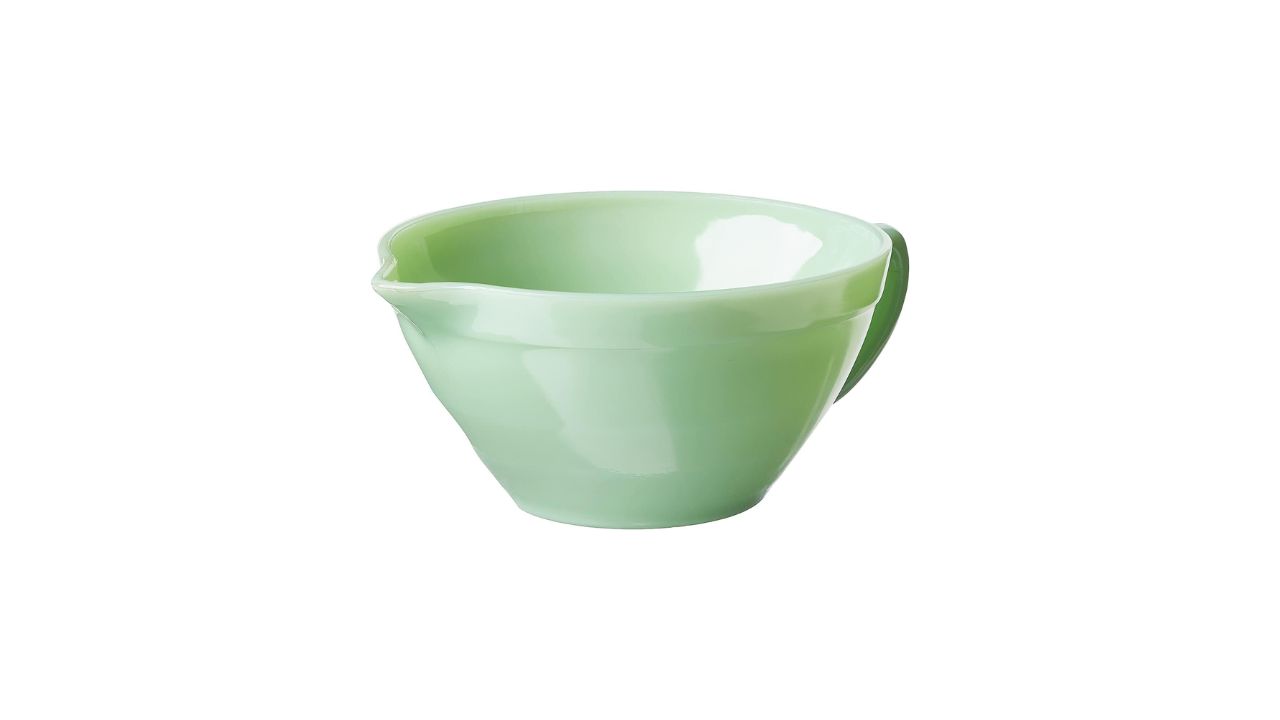
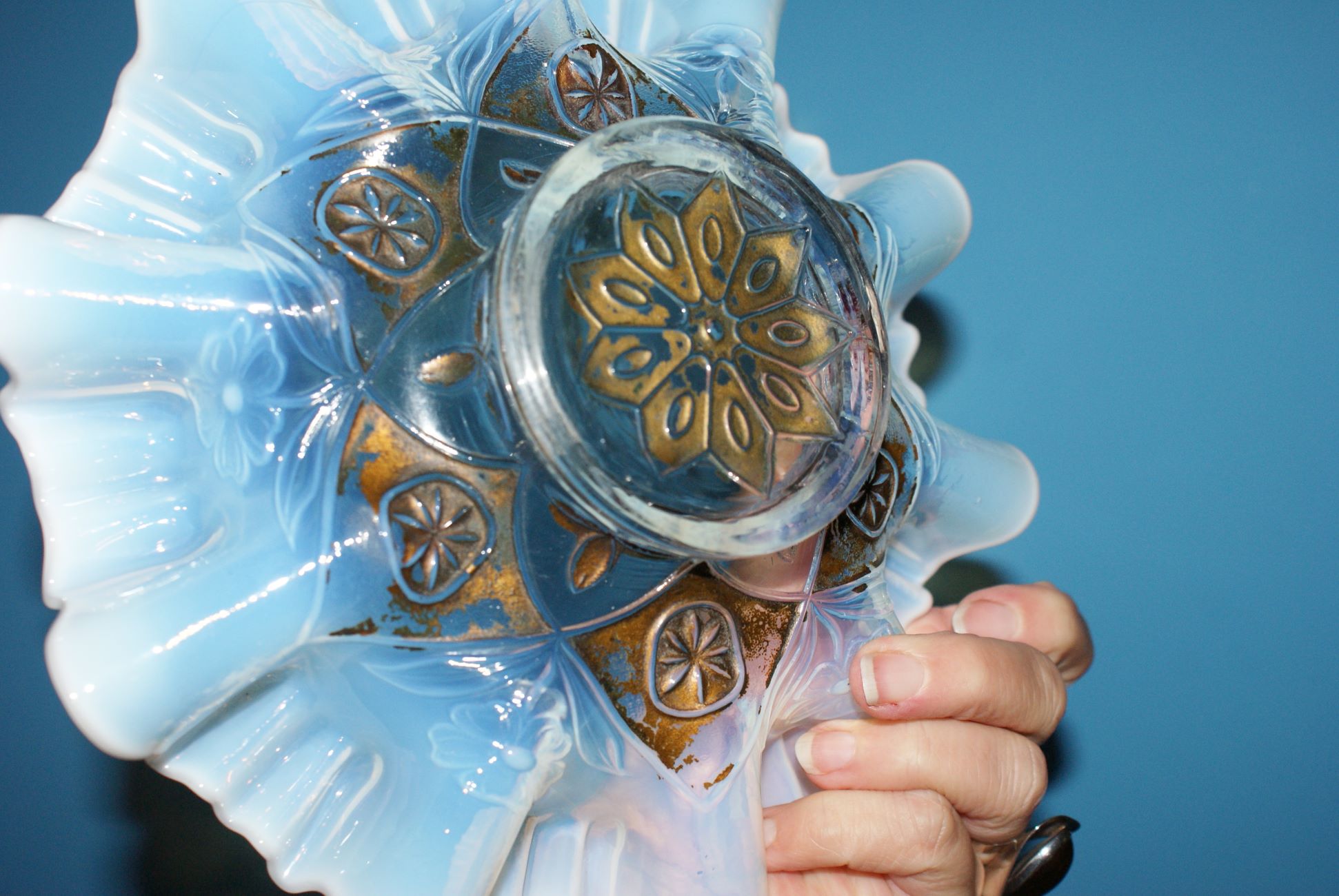
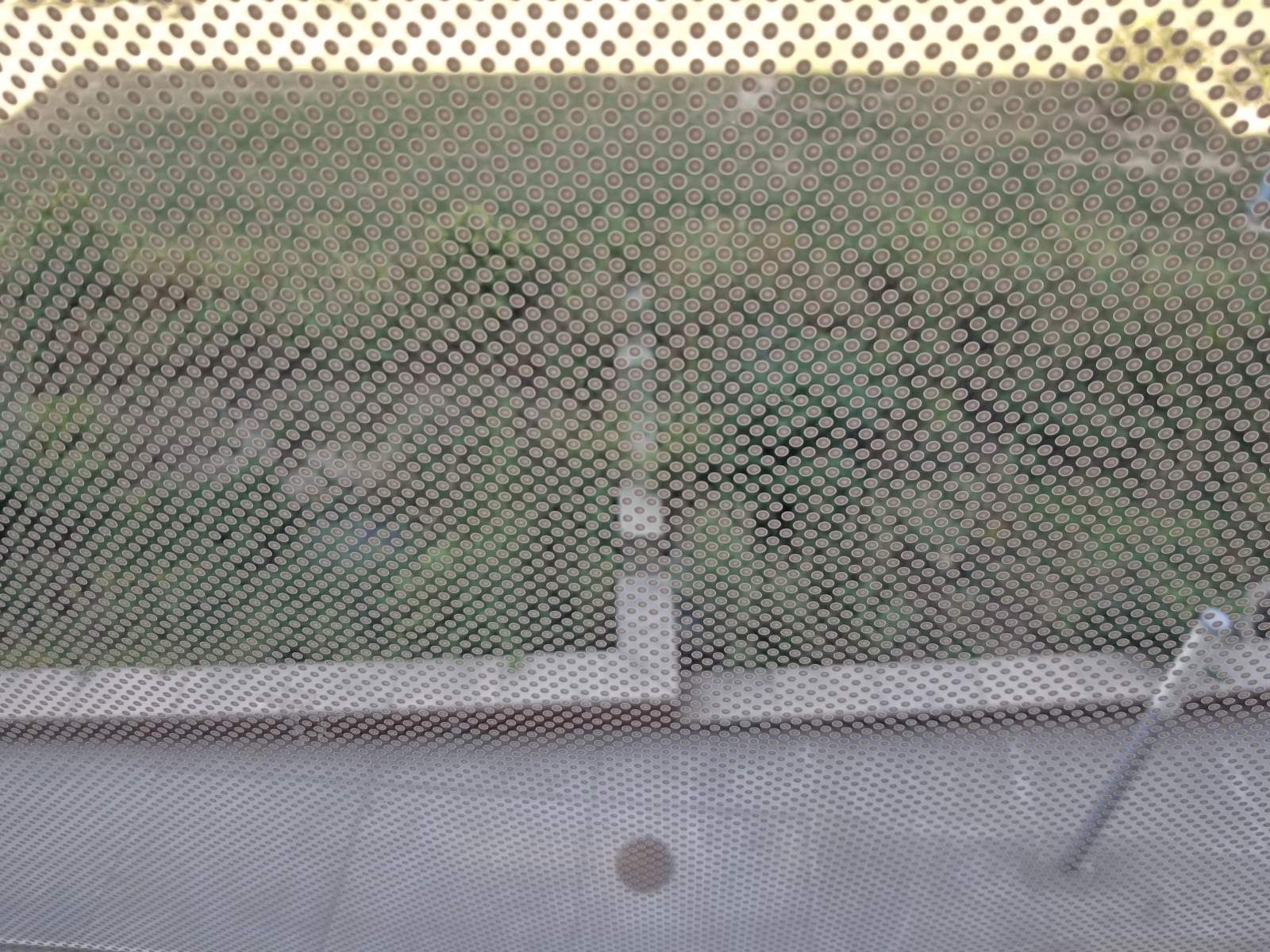
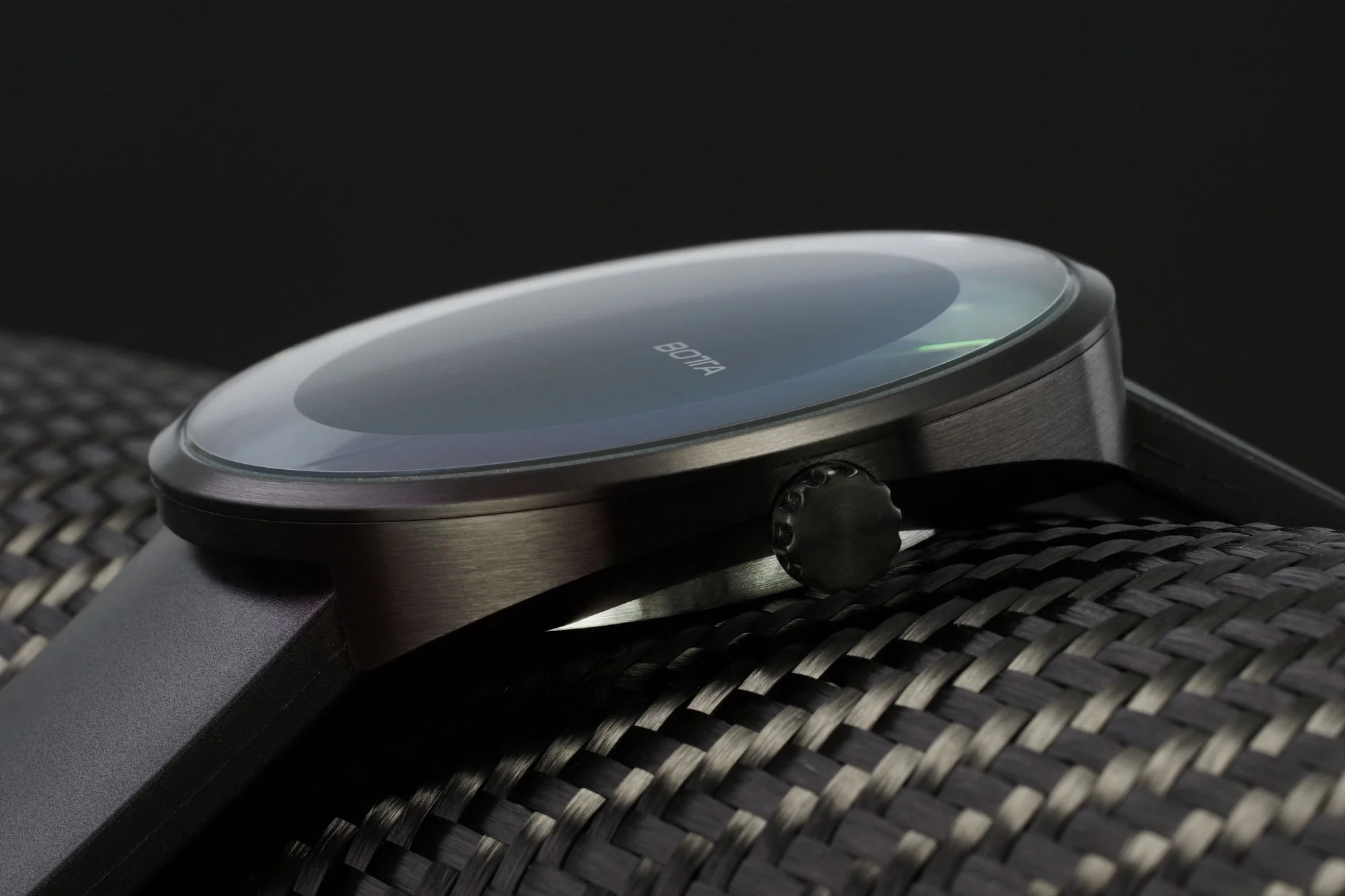
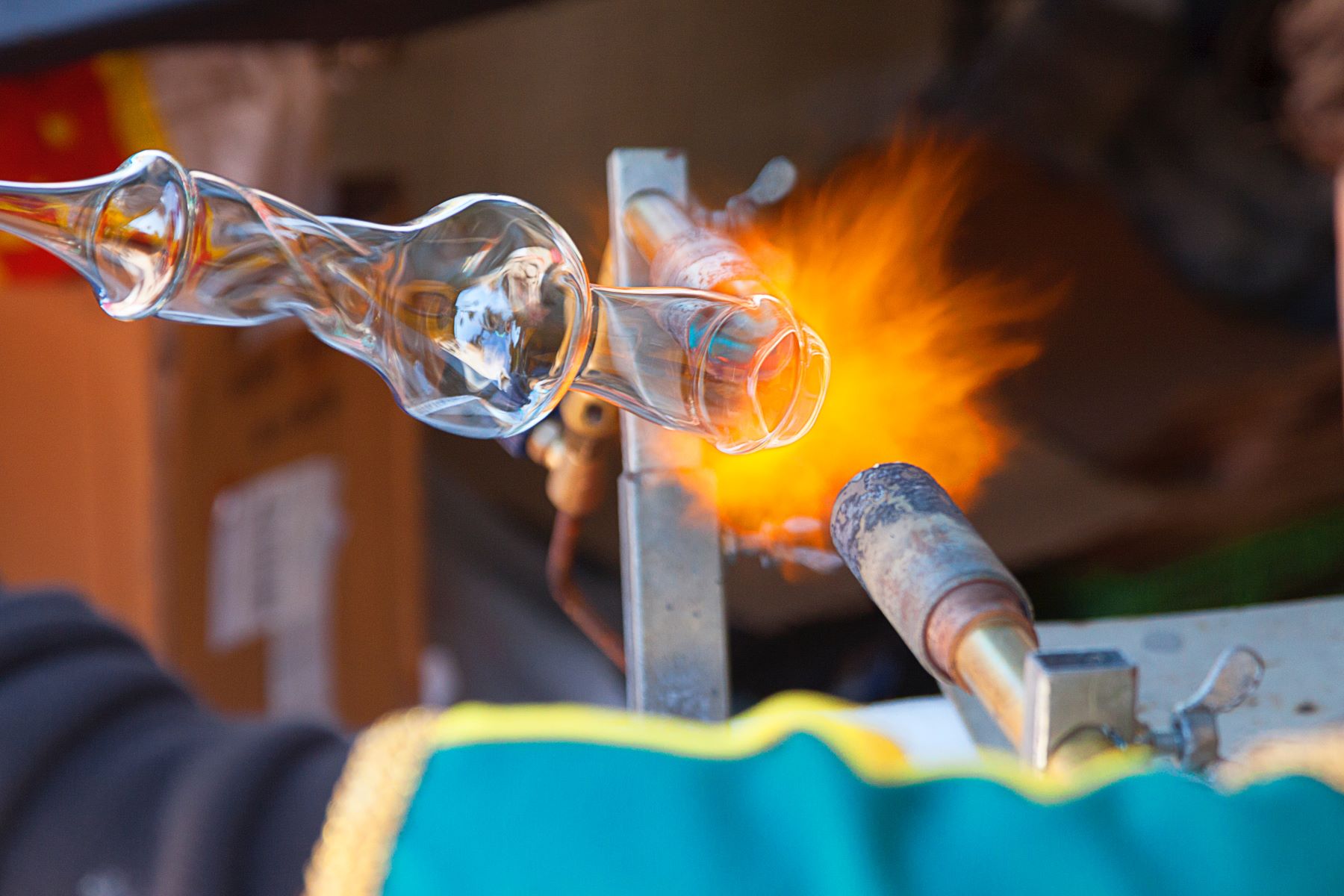
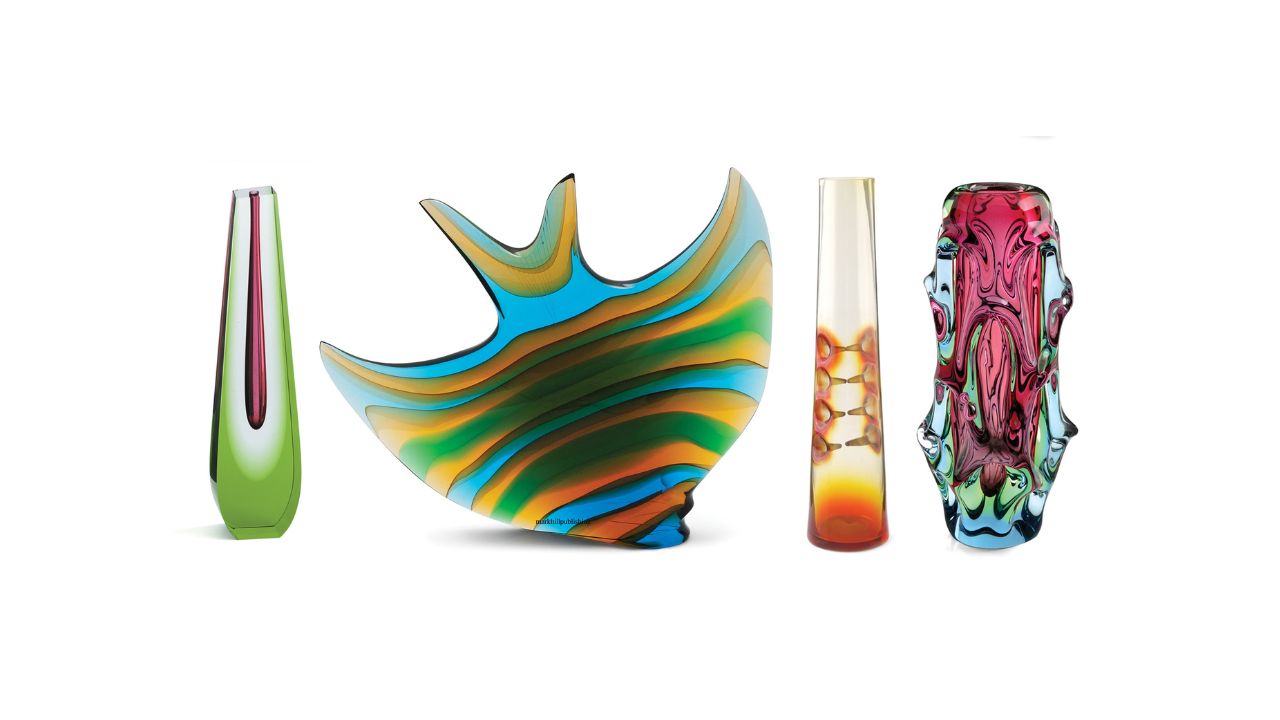
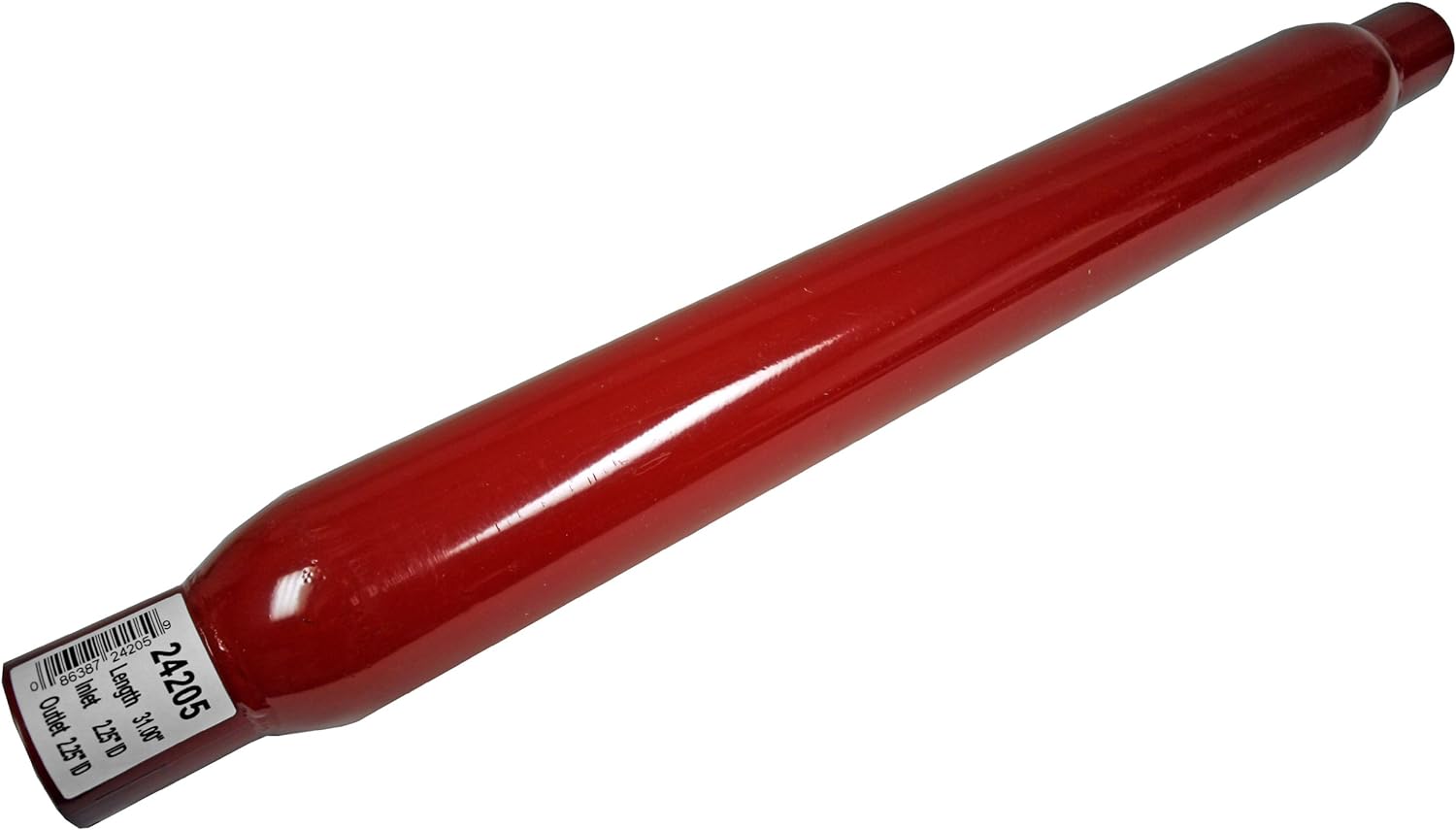

0 thoughts on “What Is Spandrel Glass”